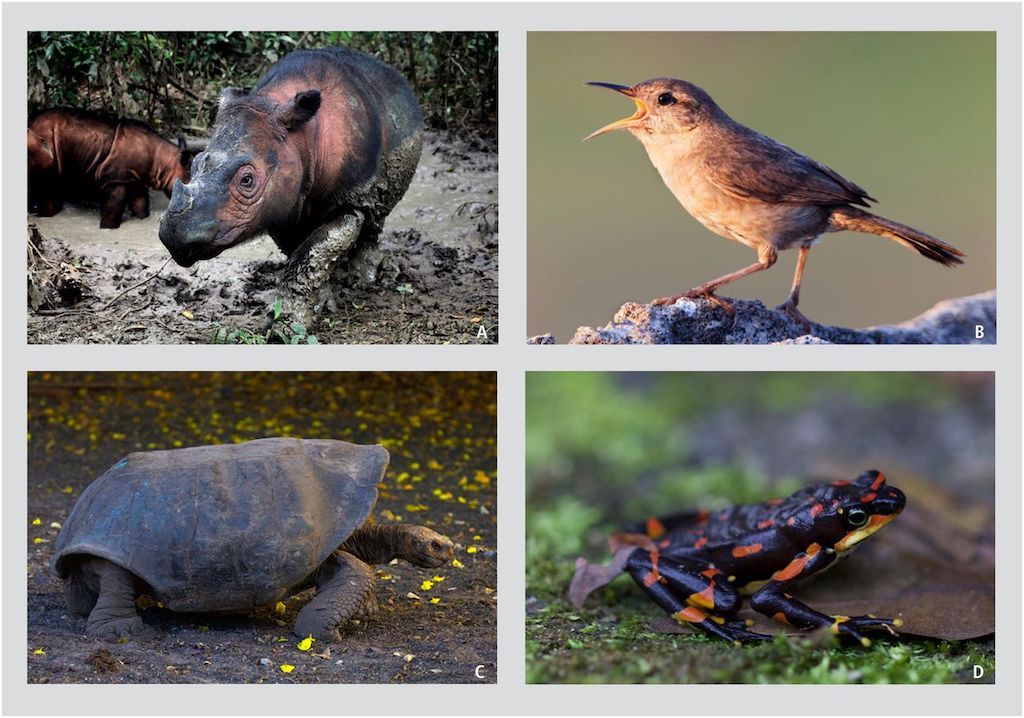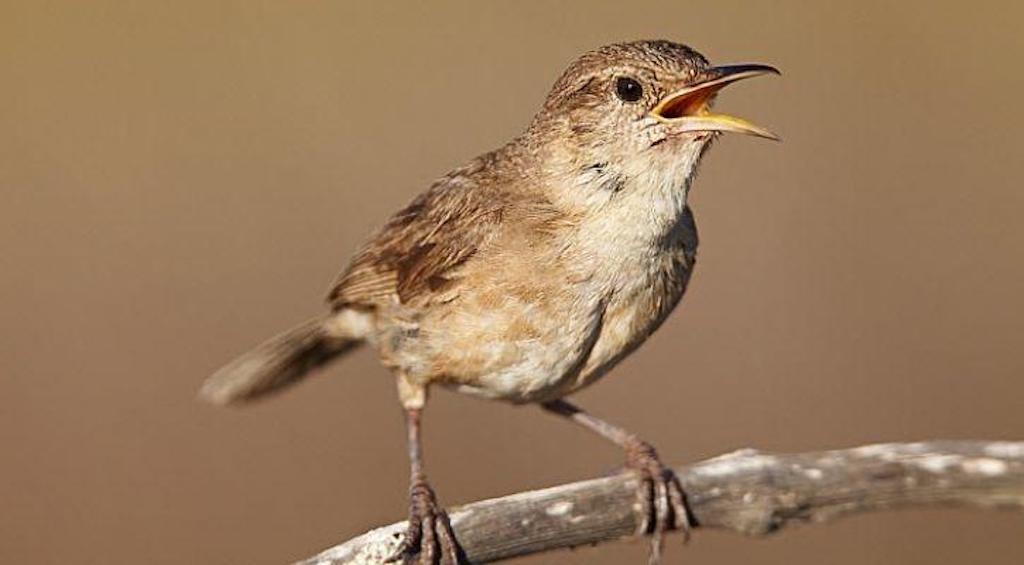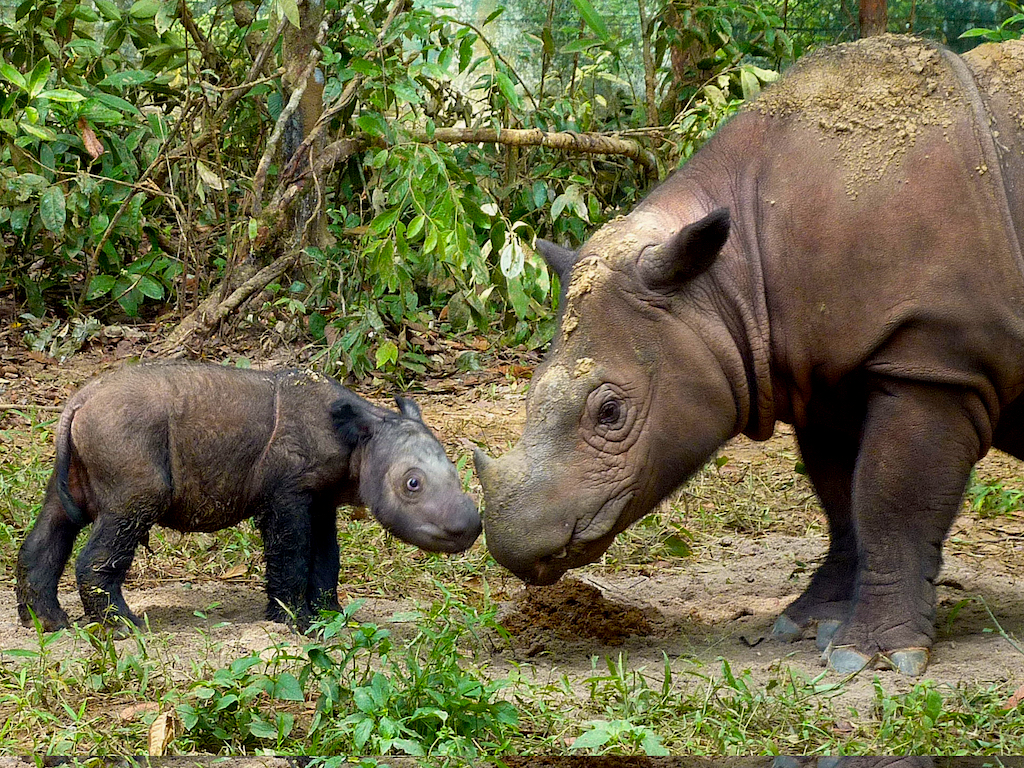4 Mins Read
Scientists are warning that the sixth mass extinction of wildlife is speeding up, with over 500 land animal species now on the verge of disappearing forever within the next 20 years. The root cause is human destruction of nature – without which this rate of biodiversity loss would have taken thousands of years, not two decades.
A new analysis, published in the journal Proceedings of the National Academy of Sciences, shows that 500 species are now on the brink of extinction within the next two decades, which is comparable to the number of species lost over the entire previous century. This rate of loss, according to the researchers, would have spanned thousands of years if not for humanity’s rampant destruction of nature.
The research was jointly conducted by scientists from Mexico’s Institute of Ecology (UNAM), Stanford University and the biological conservation institution Missouri Botanical Garden’s Plant Science Department.
Looking at data on 29,400 land vertebrate species listed as threatened under the IUCN Red List, the scientists found 515 species with populations already below 1,000 and that half of these species had less than 250. Most of these animals live in tropical and subtropical areas, with 30% of the near extinct species in South America, 21% in Oceania and 21% in Asia.
Read: Wildlife conservation is crumbling as ecotourism drops amid coronavirus

Among the land animal species with fewer than 1,000 left and on the brink of disappearing altogether are the Sumatran rhino, the Clarión wren, the Española giant tortoise and the harlequin frog.
The scientists say that their findings show that the sixth mass extinction of wildlife on Earth is rapidly accelerating, which could mean a tipping point for the collapse of humanity’s existence on the planet. This is because the loss of one species can create a domino effect that pushes other species that are dependent on it over the edge.
“Close ecological interactions of species on the brink tend to move other species toward annihilation when they disappear,” wrote the researchers. “Extinction breeds extinction.”
Examples of this domino effect occurring have been documented before. The overhunting of sea otters, who are the main predator of sea urchins, has led to a spike in urchin populations in the Bering Sea. Sea urchins, on the other hand, are the main eaters of kelp, and the boom has led to devastation of kelp forests in the region, which then caused the extinction of the kelp-eating Steller’s sea cow.
Read: Browse online through world’s largest botanical and animal digital archive
Unlike some other ecological problems such as air pollution and ozone depletion, wildlife extinction is irreversible. Without biodiversity, which all balanced and healthy ecosystems rely on, our entire planet’s ecosystems are put at risk – including human civilisation. The coronavirus pandemic is a clear instance of the dangers that come with the rampant destruction of nature, a warning that other scientists and experts have raised alarm bells about in recent weeks.

The main drivers of human destruction of biodiversity is our unsustainable consumption of the world’s resources. Our activities such as livestock production now takes up anywhere between 25 to 40% of the world’s entire “primary production” – the energy plants capture, on which all of Earth’s biodiversity depends. Another major driver is illegal wildlife hunting, particularly in Southeast Asia, where it poses a greater threat to biodiversity than forest logging.
Read: Why vegans avoid honey and other important facts about nature’s pollinators
If we use economical terms to put a value on biodiversity, the services that our natural ecosystems provide us with are worth twice the amount of the world’s GDP. In Europe, mass biodiversity loss costs the continent some US$504 million annually – a figure that the European Union hopes to bring down with its latest two-pronged biodiversity plan.
Given the importance of wildlife to our and our future generations’ existence, the researchers say that it is a “a scientific and moral imperative…to take whatever actions they can to stop extinction”.
“There is time, but the window of opportunity is almost closed. We must save what we can, or lose the opportunity to do so forever…What is at stake is the fate of humanity and most living species. Future generations deserve better from us.”
Lead image courtesy of PBS / S. Ellis.




